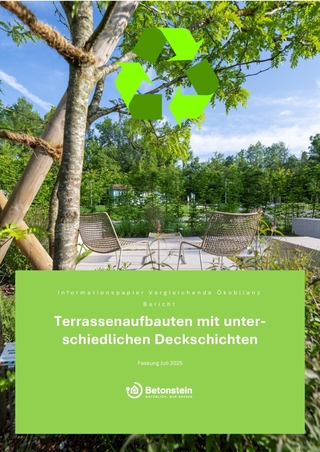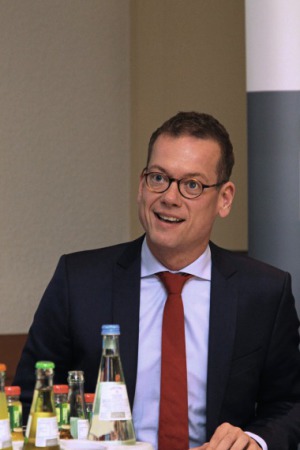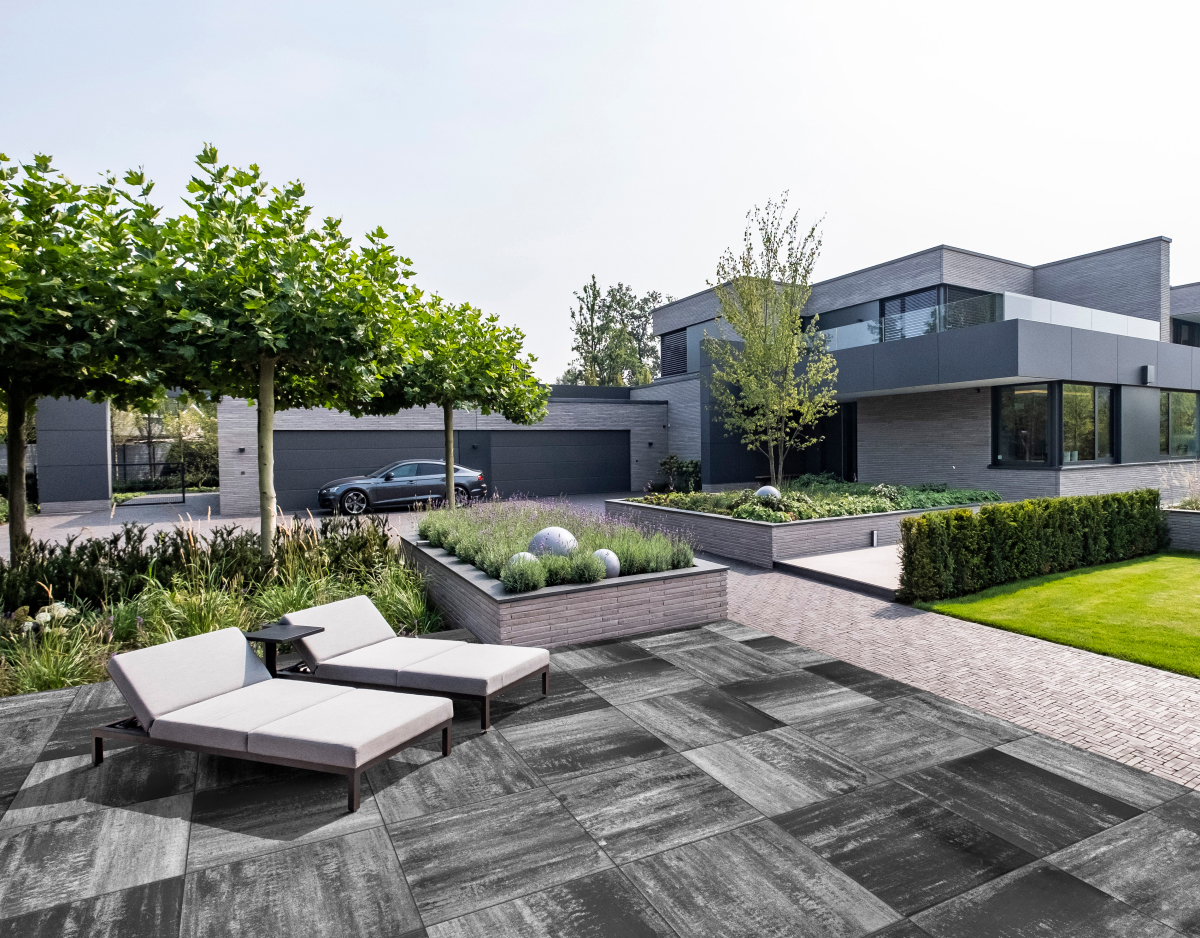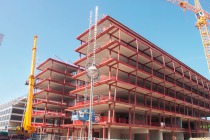Comparative SLG life cycle assessment study for terrace structures with different surface layers
08.10.2025

Figure: SLG
The environmental impact of building materials and construction methods is becoming an increasingly important aspect of construction planning. CO2 emissions and energy consumption in particular are increasingly becoming the focus of decision-making.
Six building materials compared
For these reasons, the Concrete Association for Roads, Landscapes and Gardens (SLG) commissioned Life Cycle Competence GmbH to conduct a comparative life cycle assessment study for terrace structures with different surface layers. The study compared six typical building materials for terrace paving: concrete slabs, natural stone slabs, ceramic tiles, wooden planks, WPC planks and Thermowood planks. The results of the SLG life cycle assessment study, published in July 2025, clearly show that terrace coverings made of concrete slabs in an unbound construction deliver the best life cycle assessment results in terms of resource use and CO2 emissions.
Terrace coverings made of cast stone delivered the best results
And there are good reasons for this. When looking at the results presented, it is striking that terrace constructions with cast stone slabs in an unbound construction can easily compensate for the costs incurred in the manufacturing phase over the entire life cycle due to their excellent reusability. The recycling rate for concrete block products is almost 100%, which saves important primary resources. In addition, concrete slabs are usually produced in regional factories. Short transport distances minimise the carbon footprint. Typical delivery distances for concrete block products are around 100 km.
In addition to their environmental compatibility, concrete paving slabs offer many other positive properties. These include the wide range of design options, ease of maintenance and, in particular, the long durability of the paving.
Life cycle assessment available for download (in German)
The short and long versions of the comparative life cycle assessment with detailed results are available for download on the association's website at: Short version, Long version
The 8-page document on the topic provides concise information at a glance at: 8-page document
The team at the SLG Concrete Association will be happy to answer any further questions you may have about concrete blocks as a sustainable and versatile building material.
CONTACT
Betonverband Straße, Landschaft, Garten e. V. (SLG)
Mittelstr. 2-10
53175 Bonn/Germany
+49 288 95456-21




